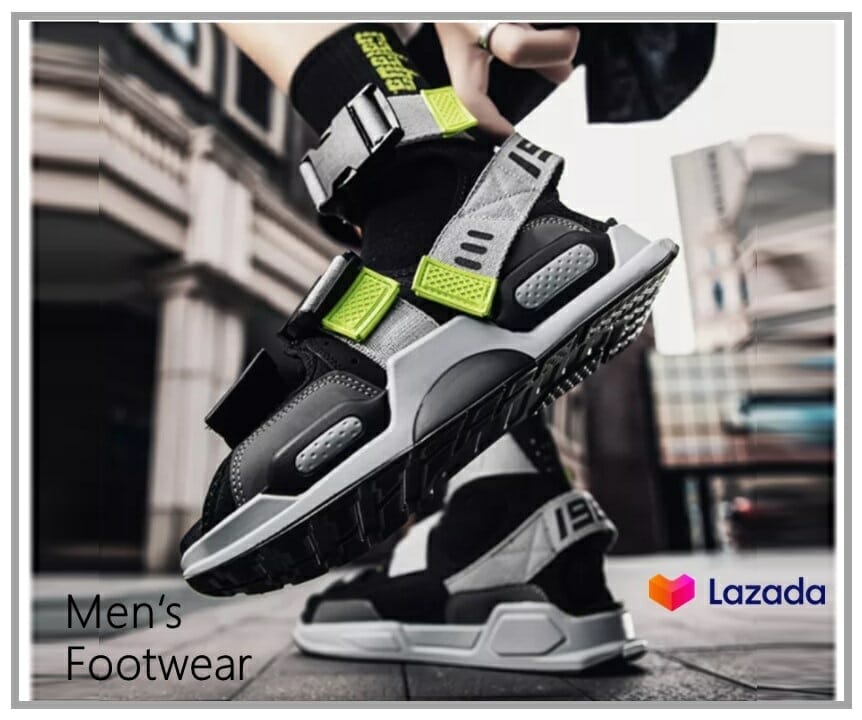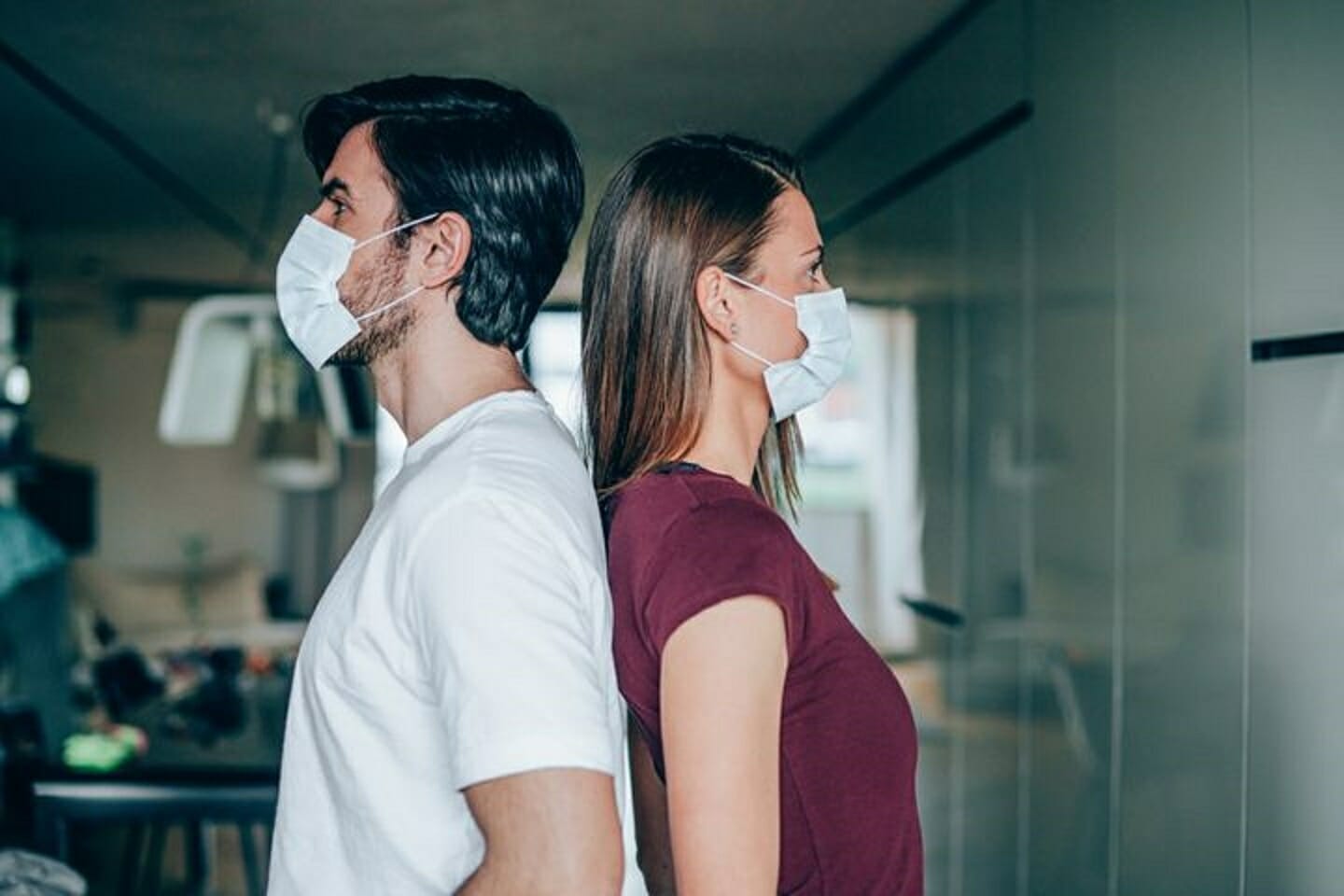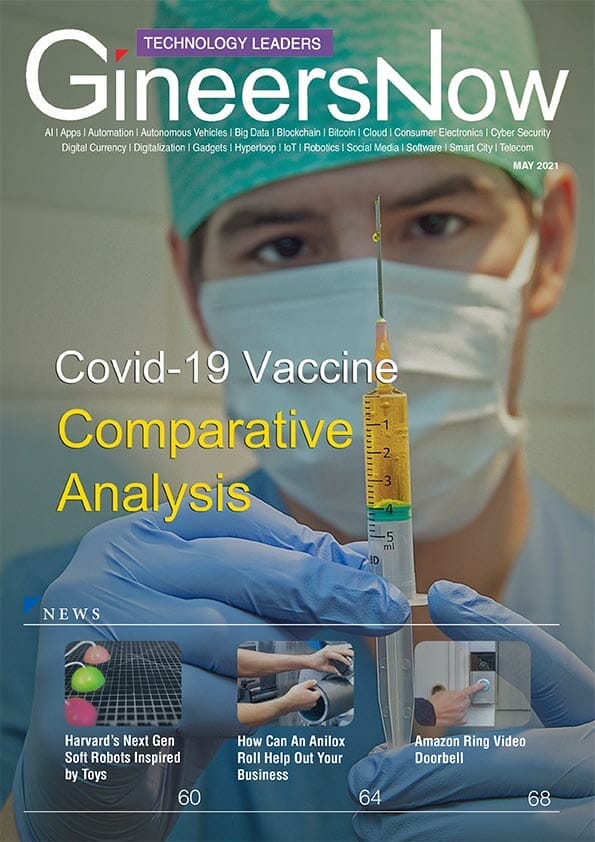MIT & Harvard Strategy
Even as the death toll from COVID-19 continues to rise around the world, many cities and states in the U.S. and other countries are beginning to ease restrictions and develop policies to re-open economies and communities. The question is, which policy will best facilitate people’s safe return to work and limit the spread of the virus?
Researchers from the Harvard John A. Paulson School and Engineering and Applied Sciences, in collaboration with Harvard Medical School and MIT, have developed a model to simulate the impact of different physical distancing strategies on the spread of SARS-CoV2, the virus that causes COVID-19.
The researchers found that age-specific shelter in place policies may be just as effective as population-wide shelter in place policies — as long as everyone not sheltering in place also practices safe physical distancing.
“We found that rather than put the burden of sheltering in place on society as a whole, if some percentage of a specific age group were to stay home and everyone else practice physical distancing, the epidemic could be mitigated until a vaccine is developed,” said Milind Tambe, the Gordon McKay Professor of Computer Science at SEAS and co-senior author of the study.
“We’re cognizant of the fact that the kinds of population-wide sheltering orders that are currently in place in many countries around the world can’t proceed indefinitely,” said Maimuna Majumder, a faculty member of the Computational Health Informatics Programs based out of Boston Children’s Hospital and Harvard Medical School and co-senior author of the study. “Part of what we wanted to demonstrate through this work is what might happen if we only enforce sheltering for one segment of the population and let others engage in a partial return to normalcy – while simultaneously doing their part to “flatten the curve” by physically distancing in offices, restaurants, and so on.”

The researchers developed an individual-level model for SARS-CoV2 transmission based on demographic data including age and household structure and, using that information, created population simulations for COVID-19 hotspots Hubei, China and Lombardy, Italy. Using these simulations, the researchers were able to play out different policy scenarios and observe the impact on the virus.
“We’ve seen a range of different policies instituted, from staggering the lockdown of entire cities, provinces or even countries, to milder physical distancing policies,” said Bryan Wilder, a graduate student at SEAS and first author of the paper. “Within these lie a range of possible alternatives. Our goal was to simulate existing policies and try to come up with new, creative policies to slow the spread of the virus.”
The researchers played out their simulations in Lombardy, which was in the midst of the outbreak during the research. The researchers modeled the effect of either 50 percent or 100 percent of single age group sheltering in place while the rest of the population went about business as usual, with no physical distancing.
They found that even sheltering in place by everyone within a single age group left at least 60 percent of the population infected. If only 50 percent of that age group sheltered, nearly 70 to 80 percent of the population would be infected.
However, combining a single age group shelter-in-place policy with physical distancing by the rest of the population led to an infection rate below 50 percent and a substantial decrease in the total number of deaths. In this scenario, there was little difference between 100 percent of an age group sheltering and 50 percent of an age group sheltering. The researchers also found that the most at-risk age groups, people age 70 or older, don’t necessarily need to be the ones sheltering. In fact, the researchers found that in Lombardy, the most effective policy would have 50 percent of people 30 to 49 shelter in place and everyone else practice physical distancing.
“If you think about it, people in the 30-to-49-year-old-demographic have some of the largest social circles and those circles tend to be intergenerational,” said Wilder. “They have kids, go to work, take care of their parents, go out with friends and colleagues. So, targeted salutary sheltering of this age group combined with physical distancing of the general population may be enough to thwart a substantial number of cases and deaths.”

The researchers proposed that physical distancing from the rest of the population include policies such as staggered work schedules, increased spacing in restaurants, and prescribed times to use the gym or grocery store.
The researchers have run the model to simulate re-opening policies in other countries, including India and U.S. In collaboration with the Daily Beast, the researchers simulated the impact of lifting lockdown measures in Georgia, Florida and Mississippi. In all three states, the team found that lifting lockdowns and returning to 50 to 100 percent business-as-usual would result in a major increase in fatalities. However, the researchers found that if physical distancing could be kept to 25 percent of pre-lockdown levels, it would allow the states to flatten the curve before June 15.
In India, the researchers found that after the initial lockdown, even policies that enforce physical distancing while otherwise returning to normal activity could lead to widespread outbreak. However, middle ground policies that alternate weekly between total lockdown and physical distancing may lead to much lower rates of infection while simultaneously permitting some return to normalcy.
“Simulation models like ours allow us to explore the possible effects of various interventions – which will be enormously important moving forward as countries around the world and states here in the US consider how to safely relax shelter-in-place orders,” said Majumder. “Our work shows that embracing a new normal – in which those members of a given population who for example are permitted to go back to work but still engage in physical distancing – might help keep COVID-19 at bay until pharmaceutical interventions become available.”
“The global pandemic is the most salient threat we are facing right now,” said Dr. Purush Iyer, program manager in the Army Research Office, an element of the U.S. Army Combat Capabilities Development Command’s Army Research Laboratory, which supported the research. “Being able to strategize how to appropriately respond to the disease spread, misinformation, and urban operations are questions that are important not only to policy makers, but to Army operations as well. This model lays the groundwork for addressing questions that will arise in the future while simulating scenarios in cyber and multi-domain operations.”
“While preliminary, this research highlights potential policy implications for non-pharmaceutical interventions to slow the spread of SARS-CoV2 and may provide alternative strategies for national and regional governments moving forward,” said Tambe.
This paper was co-authored by Marie Charpignon, Jackson A. Killian, Han-Ching Ou, Aditya Mate, Shahin Jabbari, Andrew Perrault and Angel Desai.
Other COVID-19 Updates
COVID-19: SOCIAL IMPACT
GineersNow Distributes PPE to Medical Workers
Israeli Cured COVID-19 Patients Using Placenta
COVID-19: HARVARD BUSINESS SCHOOL
Harvard Talks: Engineering Sector’s Organizational Development
Harvard Talks: Engineering Leaders Will Engage in Teaming
Harvard Covid-19 Strategy on How to Reopen a Country
Harvard Talks: Forward-Thinking Engineering Leaders
Harvard Talks: Engineering Operation Impact of COVID-19
Harvard Talks: 7 Leadership Principles in the Time of COVID-19
Harvard Talks: Engineering Work Culture After COVID-19 Pandemic
Harvard Talks: 7 Leadership Principles in the Time of COVID-19
Harvard Talks: Cut Salaries or Cut People?
Harvard Talks: The Supply Chain in Post COVID-19 Era
COVID-19: WORLD HEALTH ORGANIZATION
WHO Preparedness and Response to COVID-19
WHO Q&A: COVID-19 and Influenza Comparison
COVID-19: CONSTRUCTION
Construction Force Majeure During COVID-19
Converting Existing Building to COVID-19 Hospital – WHO Guidelines
WHO COVID-19 Buildings & Tents Screening Layout Standards
COVID-19: HVAC
COVID-19 Hotel is a Huge HVAC Nightmare
Ventilation Standards for Buildings Converted to COVID-19 Hospitals
Air Filtration for COVID-19 Treatment Centers
ASHRAE on COVID-19 HVAC Concerns
COVID-19: ENERGY
Oil Price Crashes Below $0 per Barrel
Coronavirus will accelerate the growth of renewable energy solutions
COVID-19: ECONOMIC IMPACT
COVID-19 Economic Impact Analysis
COVID-19 Economic Aftermath on the Construction Industry
Postponed Exhibitions in the Philippines due to COVID-19
Cancelled Major Events Around the World Due to COVID-19
World Bank Gives $12 Billion to COVID-19 Affected Countries
COVID-19: VENTILATORS & PPE
UCLA Biodesign Fellow Focuses Biomedical Engineering Insights on Swabs Shortage
Philips Ventilator Respironics E30 for ICU COVID-19 Patients
Here’s the Tesla Ventilator Prototype
Lamborghini Medical Shields & Surgical Masks for Health Workers
UCLA Engineer Made a Ventilator from Hardware Items
Forecast Deaths, Hospitals & Ventilators: COVID-19 Impact, USA Full Report
Top 10 Largest Ventilator Manufacturers in the World
Metronic Ventilator Ramping Up Production
Engineers, Can You Help Build a DIY Ventilator for Hospitals?
PPE Shortage Endangering Health Workers Worldwide
COVID-19: STATISTICS & FORECASTS
COVID-19 Deaths to Reach 81,000 in US By June – Forecasts by IHME & Univ. of Washington
List of Government Officials Tested Positive in PH
COVID-19 War: 70K Physicians vs 109M Filipinos
Famous People Who Have Tested Positive for COVID-19
These Politicians Tested Positive for Coronavirus (COVID-19)
COVID-19 Philippines: DOH on Code Red Status
COVID-19: SCIENCE
100% Success Rate for Pluristem COVID-19 Treatment
What If There’s No Vaccine To Fight COVID-19?
COVID-19 Treatment: The Search Continues
Clean Air in Europe leads to 11K Fewer Deaths During Lockdown
Complete List of Companies Working on Coronavirus Vaccine
Tiger Tests Positive for Coronavirus at New York Zoo
COVID-19: PREVENTION TIPS
We Need Testing, Vaccine & Treatment, But Until That Happens, We Need This!
How to Create a COVID-19 Proof Workplace
Work From Home Tips for Engineering, Industrial & Tech Companies
Water is Our First Line of Defense Against COVID-19
The List of COVID-19 Disinfectants Approved by EPA
COVID-19: TECHNOLOGY
Robot Technology to Reinstate a COVID-Free Airport
How Artificial Intelligence Can Drive Greater Speed and Accuracy in Vaccine Development
Cyber-Criminals are Exploiting People’s Fears of COVID-19
COVID-19: MARKETING
How to Apply for Government Financial Assistance for SMEs
Harvard Talks: How Marketing Works During COVID-19
Rewriting Marketing in Times of COVID-19 Crisis?
Hyundai Motor Extends Warranties Due to COVID-19
Top 5 Most Traded Stocks During COVID-19
COVID-19: EDUCATION
Coaching Builds COVID-19 Resilience to Engineering Team
How COVID-19 Is Changing College Admissions Cycle in 2020
COVID-19: AVIATION
Can We Give Airline Financial Relief to Protect Their Jobs?
Airlines Around the World are Struggling to Survive
COVID-19: APAC Air Passenger Demand Dropped 65.5%
Emirates Airline Passenger Rules During COVID-19
Airlines Around the World are Struggling to Survive
Show Your COVID-19 Test Result at the Airport
The Most Modern Flying Hospital with ICU from Germany
COVID-19 Impact: 25 Million Jobs at Risk with Airline Shutdown
Airbus Gives 3D-Printed Hospital Visors to Health Workers
Airlines COVID-19 Analysis: Aviation Collapsed
Air Cargo Demand Down 3.3% due to COVID-19 Disruption
COVID-19 Financial Impacts in the Aviation Industry
























